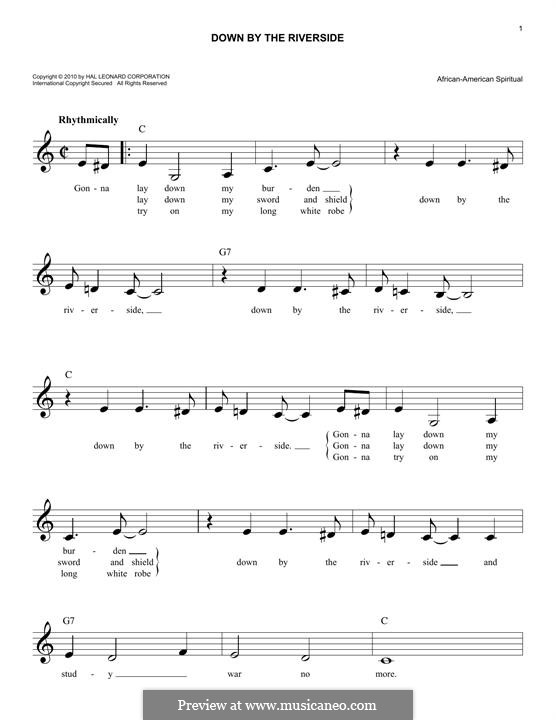

A simple reggae strum would be purely upstrums, leaving out all the downs. This alone gives hundreds of different patterns, by sometimes putting an upstrum (or 2, or 3!) in, sometimes leaving a downstrum out, etc.

So now, we have 8 strums per bar, if needed. Upstrums can, and do go in between these - after all, your hand is going in that direction anyway for the next downstrum - so it is there to be used to strum up. It needs to complement the melody, of course, but it rarely copies the melody rhythm.Īs joseem states, it's basically (in a 4/4) down, down, down, down, on the beats 1,2,3,4. Pretty well regardless of the rhythm of the melody. A pattern is something that repeats, so a strum pattern, specially in pop music, is going to be basically the same thing for each bar. If not (or even if they do), pick a song you like and look for an "how to play" tutorial in youtube. In no time will be doing it naturally and more complex patterns may come to you naturally. Try different combinations and try to adapt to the song according to your taste. This will not win you a job replacing Edge in U2, but it will give you something to start with. Then combine the two, e.g., for 4/4 time signature (V= down strum, ^= up strum): 1-2-3-4. Then divide the beat in one down and one up for each beat. In fact, if you're singing yourself at the same time, you'll need to make an effort not to let your singing compromise the regular pattern of the strumming. Generally speaking the strum pattern (and other accompaniment techniques) will depend more on the generic characteristics of the song (tempo, style, genre) and the effect you want to achieve than the particulars of the melody (although sometimes, for momentary effect, a particular combination of strummed chords and sung words may be used).įor the most basic technique start by one "strum" downwards for each beat on the measure, regardless of the melody. So it's good that as composers we are not restricted to certain strumming patterns based on the notes in the melody.

So by being creative and applying a unique rhythm, tempo and other elements to each song, we can use the same 7 notes in any given key to create thousands of unique songs. But we have an infinite number of potential strumming patterns, tempos, or ways to alter the dynamics of any given musical piece which enable us to use the same melody notes to convey entirely different musical ideas. After all - in a given key we only have 7 notes to choose from for our melody. If the particular notes used in the melody in any way suggested a particular strumming pattern and thus a particular rhythm - more (perhaps even most) songs would sound the same. You can also set the tempo and establish the dynamics of the song by the way you strum the guitar.Īll of these variables combine with the notes in the melody to make the song unique. When playing rhythm guitar, you generally provide both harmony (by choosing which chords to go with the melody notes) - and rhythm - (which is established primarily by the strumming pattern). The fact that there are so many different elements that can be varied with each song allows us to use the same 12 pitches in Western music to compose our melodies - yet have millions of unique songs that all sound different. They all work together to make a song unique. Some of these elements include melody, tempo, rhythm, harmony and dynamics (how soft our loud a part is played). The rhythm and choice of notes used in the song or musical piece are but two of the many elements that all work together to convey the feeling or effect the composer wishes to convey in the piece.Įvery song or musical composition contains certain basic elements. They are two completely different elements of the music and are chosen by the composer independently. I would say there is not a direct relationship between the notes chosen for the melody and the strumming pattern that would be most appropriate for the song.


 0 kommentar(er)
0 kommentar(er)
